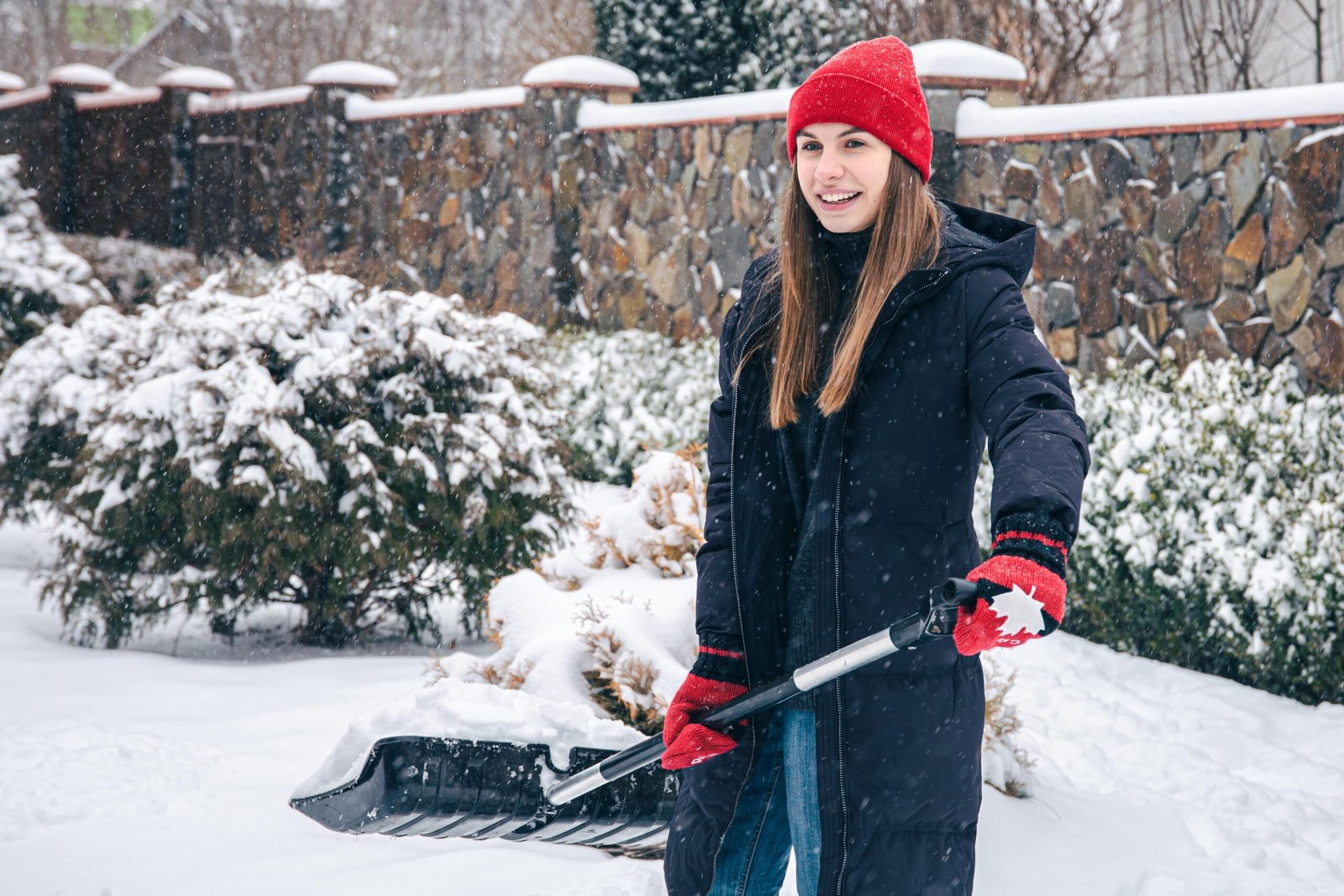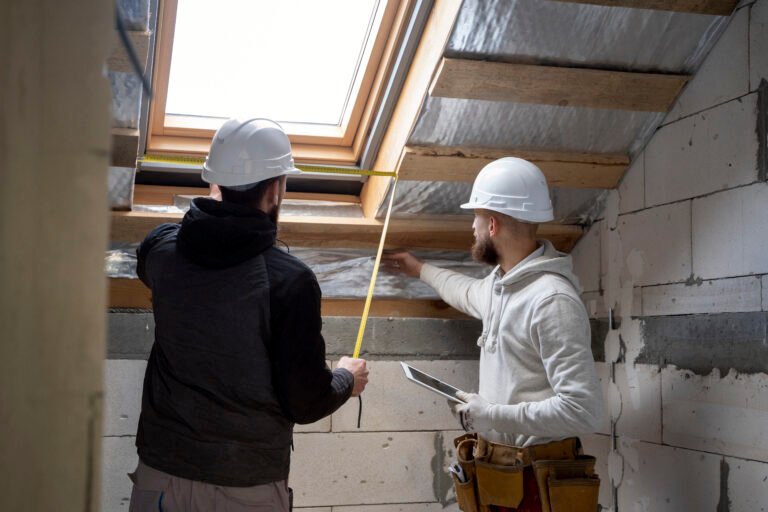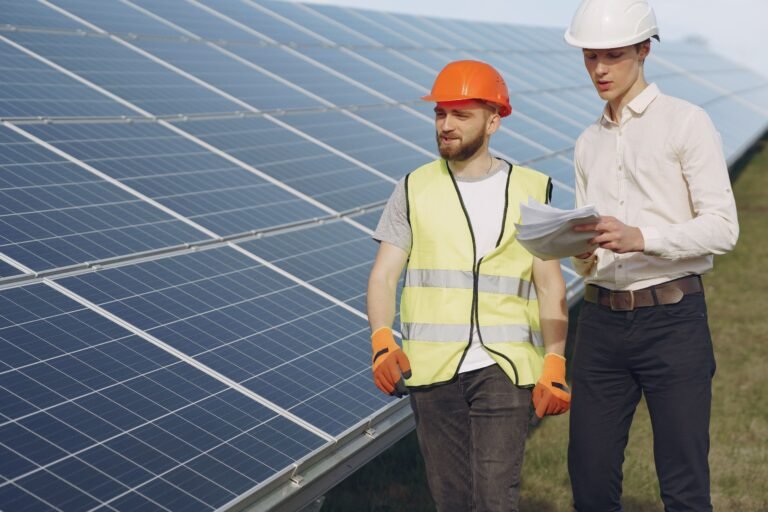Quick and Easy Snowblower Maintenance for a Hassle-Free Winter
As winter gets closer, it’s important to ensure your snowblower is working well. Doing quick checks and fixes can prevent problems when it snows heavily. Whether you’ve been caring for a home for years or this is your first snowy winter, keeping your snowblower in good shape will make clearing your driveway and walkways as easy as gliding down a hill on a sled.
Starting with some simple steps can help you avoid common problems and make your snowblower last longer. By doing easy maintenance tasks before it even starts snowing, you’ll be all set for whatever winter brings. This guide will show you important things to check and care for, which even beginners can learn quickly. Get ready to make taking care of your snowblower easy this winter, ensuring a smooth and trouble-free cold season with a snowblower ready to use.
Preparing Your Snowblower for Winter
Starting your snowblower maintenance with a good check-up before winter really sets in is crucial for a smooth season. First, take a close look at your machine to find any clear problems like cracked belts, loose bolts, or worn-out tires that could stop it from working well when you need it most.
After you’ve checked it over, focus on the fuel system. If your snowblower has been stored away, likely, old fuel is still in the tank. Old fuel can cause blockages and might stop the engine from starting. Empty any old fuel left from last season and fill the tank with new gasoline. Using a fuel stabilizer to keep the fuel fresh and effective all winter is also a good idea.
Next, check the oil level and its condition. Running your snowblower with dirty or low oil can seriously damage the engine. Change the oil if it’s dirty or if you didn’t change it last winter. This simple step will help your engine run smoothly and well.
Finally, look at the spark plug, which is essential for starting your snowblower. Take out the spark plug and see if there’s any wear or buildup of carbon, and clean or replace it if needed. A new spark plug will make sure your snowblower starts reliably and runs at its best. By taking care of these things, you can be sure your snowblower is prepared to handle the winter weather without any problems.
Visual Inspection and Cleaning
After you’ve gotten your snowblower ready for the season, the next steps are to carefully look it over and clean it thoroughly. This isn’t just to make it look nice; it’s also to stop problems that dirt and debris could cause.
Begin with the body of the snowblower. Look for any rust or damage that might have happened while it was stored. Pay extra attention to the auger and the chute, as these parts can get damaged and clogged easily. Sand off any rust spots and spray a rust-resistant coating to protect the metal parts during the winter.
Cleaning your snowblower is a good opportunity to make sure all moving parts are clear of debris. Leaves, small stones, and sticks can get stuck in different parts of the machine while it’s stored or being used, and this can affect how well it works. Use a stiff brush to clean out the auger housing and the discharge chute. Make sure the intake and exhaust ports are clear too, to prevent the engine from overheating.
For the engine area, often a simple wipe-down is enough. However, check that there’s no grass, leaves, or excess oil stuck near the engine, as these can be a fire risk when the snowblower is on. While cleaning, it’s also a good time to oil moving parts like cables and levers to make sure they move easily.
This regular cleaning not only keeps your snowblower working well but also helps you spot any potential problems early. This ensures it runs reliably all winter long.
What are the Essential Maintenance Tasks?

To keep your snowblower working well all winter, you should do several important maintenance tasks regularly. These tasks not only help your snowblower perform better but also help it last longer.
- Check and Replace Belts: The belts in your snowblower play a key role by transferring power from the engine to the auger and wheels. Look at these belts for any signs of wear, like fraying or cracking. If a belt looks worn out, replace it right away to prevent it from breaking while you’re using the machine.
- Sharpen or Replace Auger Blades: The auger blades deal with snow, ice, and sometimes hidden objects, which can make them dull. Check the blades at the beginning and halfway through the season. If they are dull, sharpen them to keep them effective. If the blades are very worn, replace them to make sure your snowblower can clear snow efficiently.
- Change the Oil: Changing the oil regularly is very important, especially if you use your snowblower a lot. Look at the manufacturer’s guidelines to see how often you should change the oil. Usually, changing the oil every season or after every 50 hours of use is good for keeping the engine in good shape.
- Inspect the Spark Plug: A working spark plug is essential for easy starts and smooth operation. Check the spark plug every few months for any signs of wear or buildup of deposits. Clean the spark plug regularly and replace it every year to make sure your snowblower starts reliably.
- Adjust the Skid Shoes: Skid shoes are found on the bottom of the snowblower. They help it move smoothly over surfaces, protecting both your machine and your driveway from damage. Check the wear on the skid shoes and adjust or replace them as needed. This helps keep the right distance between the auger blades and the ground, preventing damage.
- Check the Tires: Having the right tire pressure is important for good traction and control. If the tire pressure is too low, your snowblower can be hard to move and less effective at removing snow. Regularly check the tire pressure and inflate the tires as necessary, following the manufacturer’s guidelines.
By sticking to these maintenance tasks, you make sure your snowblower is always ready to go, reducing downtime and keeping it efficient during those important snowy days.
What are the Special Considerations for Different Snowblower Types?
Snowblowers come in different types and styles, each with its own set of maintenance needs that are important for keeping them running well and lasting long. Knowing the differences can help you take care of your snowblower effectively, whether it’s a single-stage, two-stage, or three-stage model.
1. Single-Stage Snowblowers: Single-stage snowblowers are generally lighter and simpler than the more complex models. They work best for light snowfall and smaller areas. It’s important to regularly check the rubber paddles on these snowblowers because they touch the ground and wear out over time. If the paddles can’t clear snow well anymore, they need to be replaced. Also, since they move snow straight through the chute, make sure the chute is clean and clear to avoid clogs.
2. Two-Stage Snowblowers: Two-stage snowblowers are built for heavier snow and more challenging surfaces. They have an auger to pick up the snow and an impeller to throw it out. For these machines, it’s crucial to take care of the shear pins, which protect the gears by breaking if the auger gets stuck (like if it hits a big rock). Always keep extra shear pins ready and know how to change them. Also, because these models are heavier and more powerful, it’s important to check and maintain the gearbox oil to keep everything running smoothly.
3. Three-Stage Snowblowers: Three-stage snowblowers are the most powerful type, built for handling heavy snowfalls and large areas. They include an extra auger, called the accelerator, that helps break down and move snow into the main auger quicker than two-stage models. Due to their complexity and strength, it’s important to regularly check all three augers for wear and tear, and make sure all moving parts are well-oiled. Also, regularly inspect the drive belts for tension and signs of wear because a broken belt can stop the machine from working.
General Tips: No matter what type of snowblower you have, always make sure the control levers work smoothly and that the cables aren’t sticking or getting caught. For snowblowers with electric start, keep an eye on the battery life and consider having a charger ready. For those that are gas-powered, using a fuel stabilizer can prevent issues with the carburetor and help the engine start more easily after being stored for a while.
By paying attention to these specific needs based on the type of snowblower you own, you can create a maintenance routine that addresses the unique requirements of your machine, helping it operate effectively year after year.
Safety Checks
Safety is extremely important when using any type of machinery, including snowblowers. Regular safety checks help ensure the machine works properly and keep you safe from accidents. Here are some important safety checks to do on your snowblower:
Inspect the Controls: Check that all controls and switches are working properly. Before using the snowblower, test the start and stop functions to make sure they respond quickly. Also, ensure that safety features, like the dead man’s switch (which stops the machine when you let go of the handle), are working correctly.
Check for Leaks: Look for signs of fuel or oil leaks before and after using the snowblower. Leaks can harm the environment and are a fire hazard if the fluids touch hot parts of the engine. Fix any leaks right away to avoid accidents.
Verify the Condition of the Cables and Linkages: Make sure the cables that control the auger, drive, and direction of the chute are in good condition and properly adjusted. Worn or damaged cables can break during use, causing you to lose control of the machine. Check that the linkages are secure and well-lubricated for smooth operation.
Secure All Fasteners: The vibrations from running the snowblower can loosen bolts and nuts over time. Regularly check and tighten all fasteners to prevent parts from coming loose while the machine is in use, which could cause injuries or damage to the snowblower.
Ensure Proper Lighting: If you plan to use your snowblower early in the morning or late in the evening, make sure it has enough lighting. Proper lighting helps you see where you’re blowing the snow and makes you more visible to others. Ensure that all lights on the snowblower are working, and replace any burnt-out bulbs or fix faulty connections as needed.
Clear the Discharge Chute Safely: The discharge chute might get clogged with snow and ice from time to time. Always turn off the snowblower and use a tool designed for clearing chutes instead of your hands. Never try to clear the chute while the engine is running, as it can cause the auger to suddenly move if the snow is released, which can be dangerous.
Wear Appropriate Safety Gear: Always wear protection for your eyes and ears when using your snowblower. The loud noise can harm your hearing, and flying debris can hurt your eyes or other exposed skin. Wear several layers of clothing to stay warm and non-slip boots to prevent slipping on icy surfaces.
By doing these safety checks each time before you use your snowblower, you make sure that it’s not only ready to handle the snow but also safe to use, keeping both you and your machine in good shape all winter long.
In conclusion
In conclusion, keeping your snowblower in good shape with these simple steps is key to having an easy winter. By getting your machine ready before the season starts, regularly checking and cleaning it, taking care of important maintenance tasks, paying attention to the specific needs of your type of snowblower, and doing thorough safety checks, you make sure it works well and stays safe. Remember, a little bit of maintenance now can prevent big problems later. Keep your snowblower in great condition, and you’ll be well-prepared to handle whatever winter brings with confidence and ease.
FAQs
What basic maintenance should I do before using my snowblower each winter?
Before winter starts, ensure your snowblower is ready by checking and changing the oil, inspecting the belts and cables for wear, changing the spark plug, and using fresh fuel with a stabilizer.
How often should I replace the spark plug in my snowblower?
Replace the spark plug at least once every season or after about 100 hours of use to ensure your snowblower starts easily and runs smoothly.
What steps can I take to prevent my snowblower from rusting?
Keep the snowblower clean and dry; touch up any chipped paint, and apply rust-resistant spray to exposed metal parts to prevent rusting.
Why is it important to check the snowblower’s tires?
Properly inflated tires ensure better traction and stability, making your snowblower easier and safer to operate, especially on icy or uneven surfaces.







